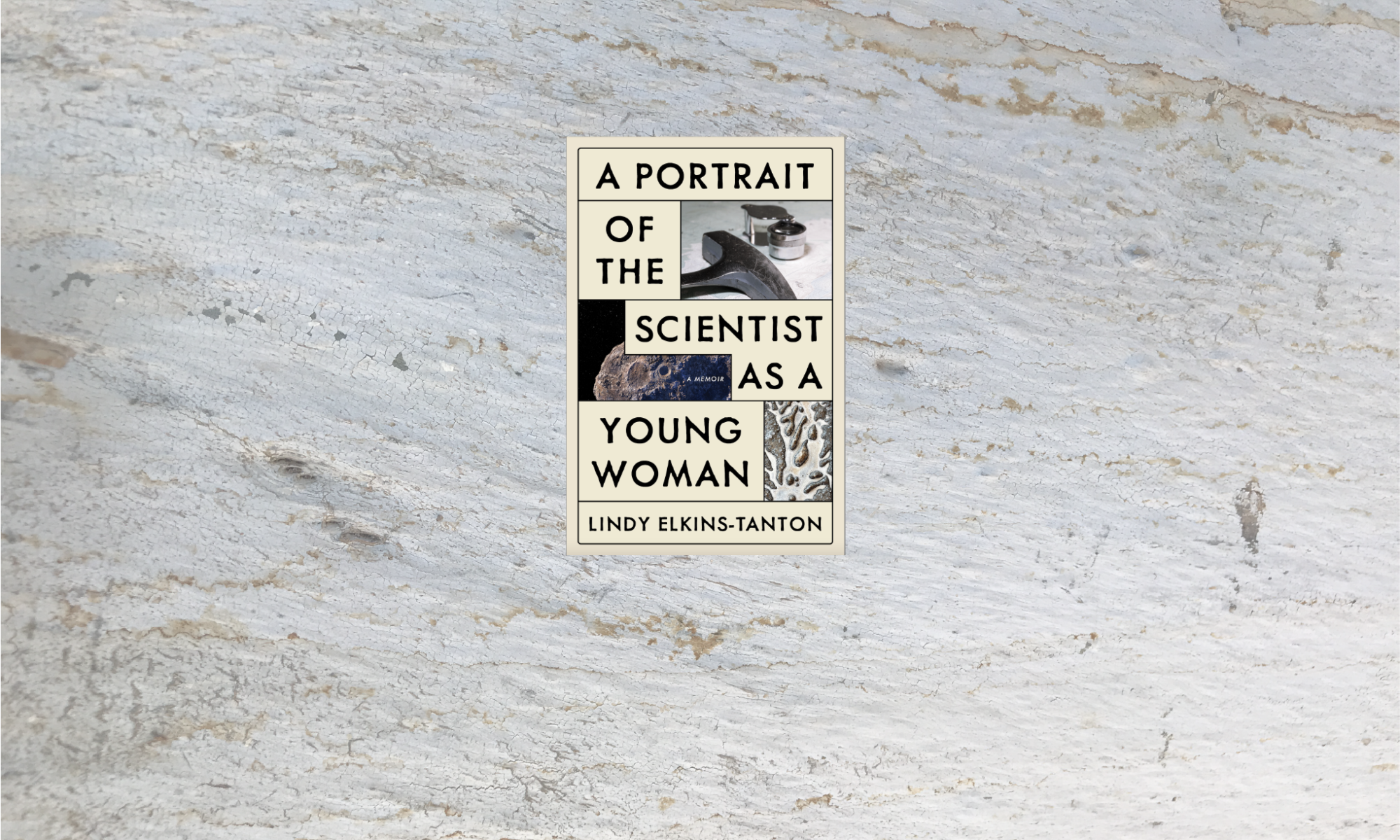A Portrait of the Scientist as a Young Woman published by William Morrow: My memoir about life as a scientist and exploration of Earth and space.
“ A riveting book, beautifully written. . . . With a brave candor, Elkins-Tanton examines all aspects of her experiences—personal and professional, the good and the bad—to plumb the very meaning of her life. . . . [She provides] a ringside seat to the discomforts and thrills of a geological expedition.”
—Washington Post
“ Elkins-Tanton shines in her ability to render the process of scientific discovery in eloquent prose. . . . A wonderful paean to the beauty of scientific exploration.”
—Publishers Weekly
“ A deeply personal and enlightening book of one amazing woman’s leadership and teachings in science and self-discovery.”
—Col. Chris Hadfield, former commander of the International Space Station and #1 bestselling author of An Astronaut’s Guide to Life on Earth
“ The principal investigator of NASA’s Psyche mission lays bare the challenges and rewards of succeeding as a woman in a male-dominated field and how the sublime beauty of the universe brought her strength and solace. . . . Enthralling and inspiring. . . . A fearless, riveting, and galvanizing book from a star in the U.S. space program.”
—Kirkus Reviews (starred review)
“ Lindy Elkins-Tanton has led a fascinating life, full of wonder and discovery and also pain and loss. Her memoir, A Portrait of the Scientist as a Young Woman, is fierce, absorbing, and ultimately inspiring.”
—Elizabeth Kolbert, Pulitzer Prize–winning author of The Sixth Extinction
“[A] beautiful and inspiring memoir.”
—The Christian Science Monitor (Best Books of the Year, 2022)
“ A captivating story about an exceptional career and a remarkable life.”
—Ars Technica
Contact me about speaking on teams, leadership, and space exploration, and purchase Portrait through one of these links:
Amazon | Bookshop.org | Google Play | HarperCollins | IndieBound





